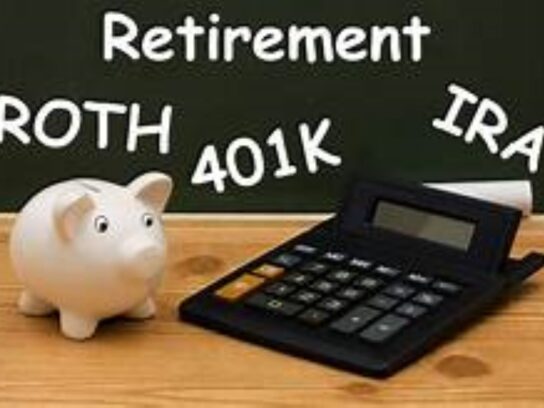
If you’re looking for a retirement plan for yourself and your employees but worried about the financial commitment and administrative burdens involved, there are some options to consider. One possibility is a Simplified Employee Pension (SEP). This plan, which comes with relative ease of administration and the discretion to make or not make annual contributions, is especially attractive for small businesses.
There’s still time to see tax savings on your 2023 tax return by establishing and contributing to a 2023 SEP, right up to the extended due date of the return. For example, if you’re a sole proprietor who extends your 2023 Form 1040 to October 15, 2024, you have until that date to establish a SEP and make the initial contribution, which you can then deduct on your 2023 return.
SEP Involves Easy Setup
You can set up a SEP easily using the IRS model SEP, Form 5305-SEP. This form, which doesn’t have to be filed with the IRS, satisfies the SEP requirements. (You can opt for an individually designed SEP instead, depending on your needs.)
As the employer, you’ll get a current income tax deduction for contributions you make on behalf of your employees. Your employees won’t be taxed when the contributions are made but will be taxed later when distributions are made, usually at retirement.
The maximum deductible contribution that you can make to a SEP-IRA, and that can be excluded from taxable income, is the lesser of: 1) 25% of compensation, or 2) $69,000 for 2024 (up from $66,000 for 2023) per employee. Note, however, that if you, as the business owner, don’t receive a W-2 from the business (for instance, you’re an unincorporated sole proprietor), the calculation for the contribution to be made on behalf of yourself varies slightly. The deduction for your contributions to employees’ SEP-IRAs isn’t limited by the deduction ceiling applicable to an individual’s own contribution to a regular IRA.
Your employees control their individual SEP IRAs and the investments in them as well as the tax-deferred earnings. However, they can’t contribute.
There are other requirements you’ll have to meet to be eligible to establish and make contributions to a SEP. Essentially, all regular employees must elect to participate in the program, and contributions can’t discriminate in favor of highly compensated employees. But these requirements are minor compared to the bookkeeping and other administrative burdens connected with traditional qualified retirement and profit-sharing plans.
SEPS don’t require the detailed records that traditional plans must maintain. Also, there are no annual reports to file with the IRS, and the record keeping that is required can be done by a trustee of the SEP-IRA, usually a bank or mutual fund.
Another Option: SIMPLEs
If your business has 100 or fewer employees, you may want to consider a Savings Incentive Match Plan for Employees (SIMPLE). An advantage is that employees can also contribute. A disadvantage is that you, as the employer, are required to make certain annual contributions. Also, a SIMPLE has more limitations on when it can be set up and when it can be contributed to than a SEP.
You establish a SIMPLE IRA for each eligible employee, generally making matching contributions based on amounts elected by participating employees under a qualified salary reduction arrangement. The SIMPLE is also subject to much less stringent requirements than traditional qualified retirement plans.
Another option: An employer can adopt a SIMPLE 401(k) plan, with similar features to a SIMPLE IRA. It’s not subject to the otherwise complex nondiscrimination rules that apply to regular 401(k) plans.
For 2024, SIMPLE employee deferrals are limited to $16,000 (up from $15,500 for 2023). Additional $3,500 catch-up contributions are also allowed for employees ages 50 and older.



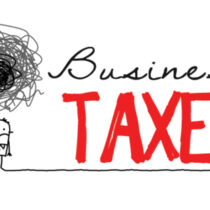

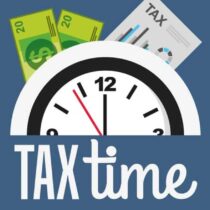




















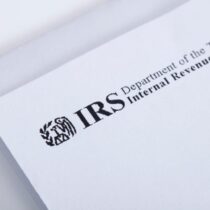

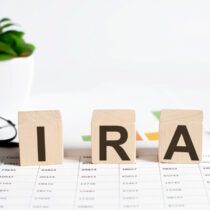
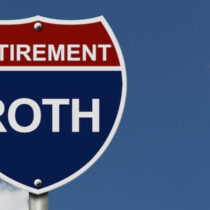




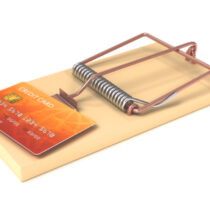



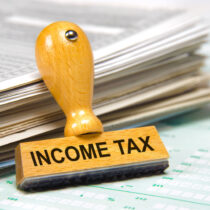

















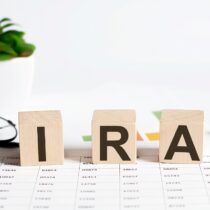

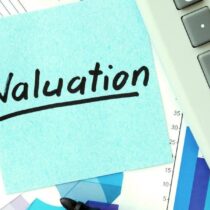
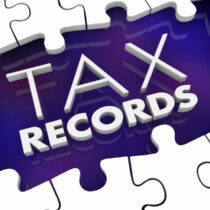
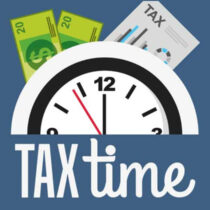


Comments are closed.